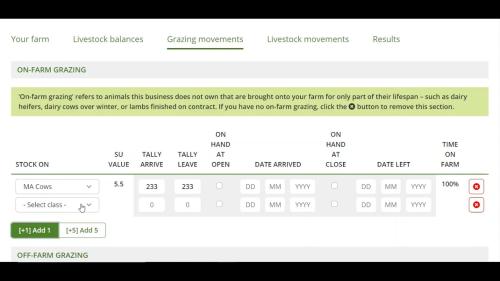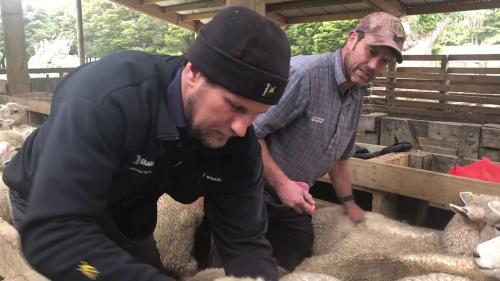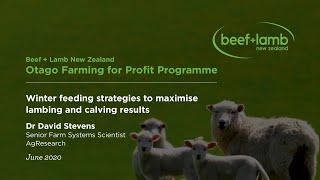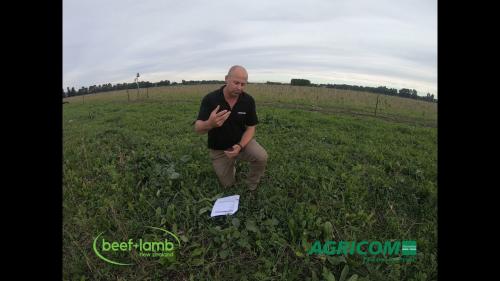Search results
Displaying 141 - 150 results of 693
- Video… how to accurately record numbers of stock grazed on and off farm, and especially the amount of time stock are grazing on farm. Amount of feed …
- Video… this information to identify when and what stock to priority feed and when and what stock to restrict. … for Profit Programme: Setting up for set stocking – Condition Scoring …
- Resource book… nutrition animal health animal genetics stock performance 03 500 1000 1500 2000 2500 … demand relative supply include buying stock selling stock selling grazing grazing offfarm …
- Video… He discusses fodder beet and brassicas, stock feed demand, measuring crops and …
- Video… Project researching plant species, mixes, stock performance, soil health, grazing …
- PodcastJulia Jones is Head of Analytics at NZX and a former KPMG farm enterprise specialist. We caught up with her at Beef + Lamb New Zealand’s Southern South Island winter seminar, and talked about change, …

- Editable PDF… data measured data paired fish abundance surveys beginning 1970s relationship model has … vital farming businesses multitude uses from stock drinking water irrigation lnz … management practices adopted typically drystock farming new zealand extensive low …
- Other PDF… tailed supply expectations lnzs lamb crop survey data available year ahead lambing … head due improved ewe lambing performance stock number survey estimated slight decrease … 1311 httpsbeeflambnzcomknowledgehubpdfstocknumbersurveyreport30june2025pdf lamb crop …
- Industry data… collect data paper summarises results from survey carried out estimate lamb crop spring … 3 beef lamb new zealand economic service livestock number survey beef lamb new zealand … them put ram decreasing ewe flock lower stocking rates increased feed availability …
- Industry data… weights 29 beef production 29 sheep 30 livestock numbers 30 beef cattle 30 dairy cattle … risk from further outbreaks covid19 livestock numbers total number sheep 30 june 2021 … source lnz economic service sheep beef farm survey farm revenue expenditure profit new …



